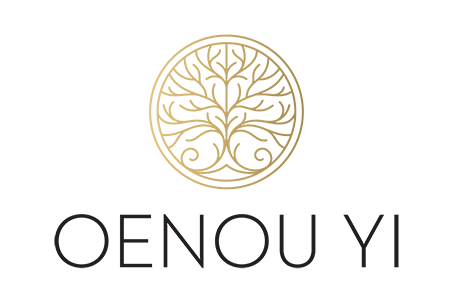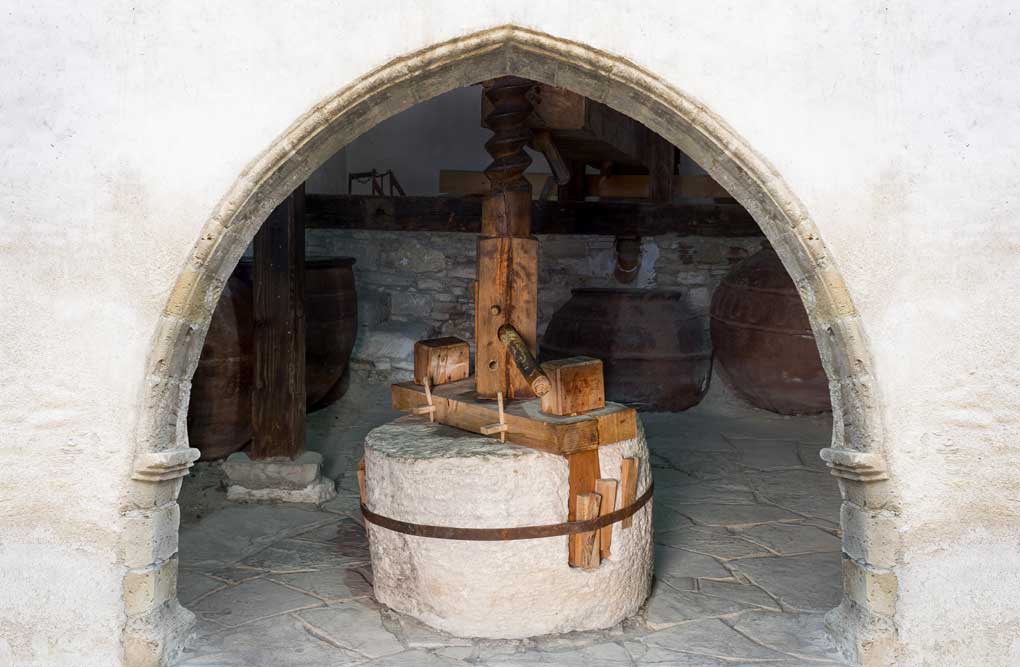“Euoinos” Cyprus
From Hesiod to Homer and from Shakespeare to Richard the Lionheart, references to the “Cypriot Nama” vary and testify that Cyprus has been “euoinos” [εὖ (eû, “well”) + οῖνος, (oenos,“wine”) describing the one that produces quality wine], as Homer calls it.
According to history, the winemaking process is said to have come to Greece from Asia. However, the archeological excavation of Profyrios Dikaios, in 1932, brought to light findings from flasks* in Erimi village that overturned chronological data on Cypriot wine.
However, due to the lack of technology and equipment, the archaeologist could not answer basic questions about the use, date and content of the flasks. He, thus, decided to keep them safe in the warehouses of the basement of the Regional Archaeological Museum, hoping that technology could one day provide answers in the future.
5,500-year-old Cypriot wine
Indeed, in 2005 the team of archaeologist Dr. Maria Rosaria Beltziorno and Paleontologist Dr. Alessandro Lentini from ITABC-CNR in Rome, along with Dr. Pavlos Flourentzou, analysed the findings and reached key conclusions. They dated the flasks at around 3,500 BC, while the acid found in them led directly to the conclusion that wine was stored in them. It was proof that Cyprus was the cradle of European wine.
However, the relationship between wine and Cyprus is also evidenced by the ornate, impressive mosaics that adorn the luxurious homes of the Romans in Paphos. The most known for their oenological character are those found in the house of Dionysus, which took its name from the mosaics themselves. The house may have belonged to a Roman official or a prominent member of the community. Among the various themes that adorn the mosaic floors, one finds scenes of harvesting and vines as well as mythological images, such as the triumph of Dionysus and Icarus.
Mighty Commandaria
The most productive period for winemaking was Frankish rule, during which Cypriot viticulture flourished. When the island was occupied by the Knights Templar, the military administration of the island, la Commanderie, gave its name to the village of Limassol, where the sweet nectar was produced, commandaria. Since then, exports to Europe begun, turning Cypriot commandaria into an internationally renowned wine that even French nobles and kings came to glorify.
This sweet wine was preferred and praised by many foreign travelers and kings who arrived on the island, describing it as a “treasure” and “as sweet as a muse”. Among the many references found in poems, Elizabeth Browning writes: “The wine of Cyprus is as sweet as the lyre of the Muses. It has the colour of a lion or Rhea and shines better than ever in the eyes of the Paphite goddess. It is as light as her step, and the honey produced by the black bees of Hymettus cannot exceed the sweetness of the wines of Cyprus”.
The fall and the rise
During the Turkish occupation, wine production declined as the Ottoman authorities imposed unbearable taxes, which Cypriots were unable to meet. The streets of Cyprus filled with wine, as it was better for the producers to pour it, rather than sell it. However, winemaking revived during the British colonial period. Up until 1980, just four wineries were responsible for the whole production. From the 1990s onwards, wine production increased rapidly; today Cyprus is considered one of the fastest growing wine-growing and wine-producing regions.
Today, Cypriot wines stand worthy alongside European and international wines. The local wine producers have focused on Cypriot indigenous varieties, while annual competitions and international distinctions confirm their quality. The Cypriot wine industry is now proud of its long viticultural tradition, going back in the depths of the centuries.
*Flasks: vessels in which wine and other beverages were stored.




